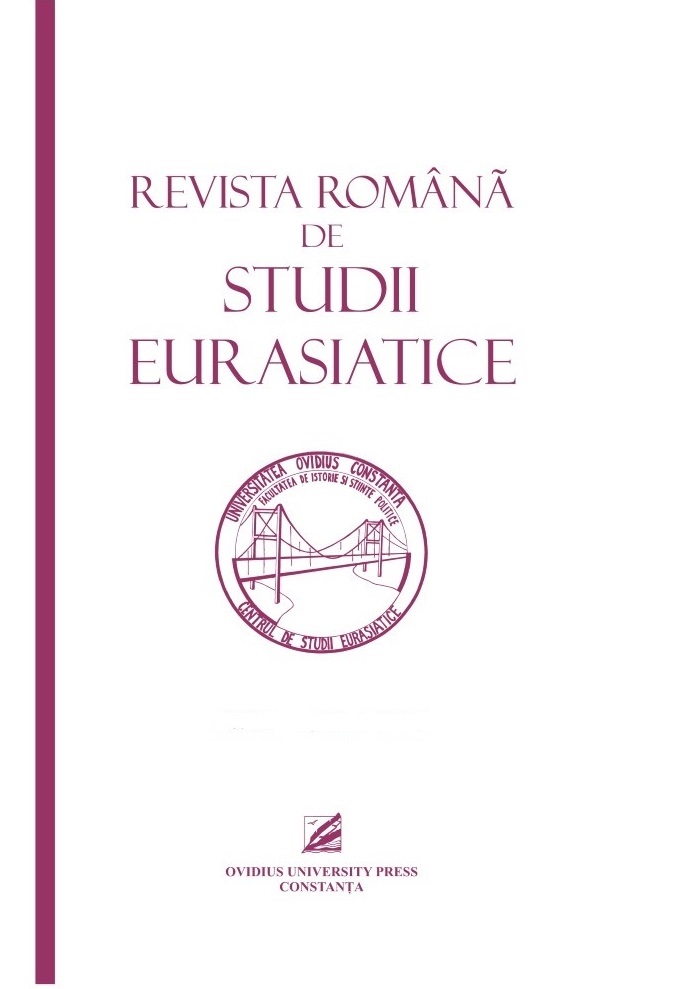TADJIKISTAN: PAN-IRANISM AND THE ONGOING STRUGGLE WITH POVERTY. MAPPING THE DEVELOPMENT OF NATIONAL CULTURE SINCE THE COLLAPSE OF THE USSR
TADJIKISTAN: PAN-IRANISM AND THE ONGOING STRUGGLE WITH POVERTY. MAPPING THE DEVELOPMENT OF NATIONAL CULTURE SINCE THE COLLAPSE OF THE USSR
Author(s): Ilie Iulian MitranSubject(s): Cultural history, Recent History (1900 till today)
Published by: Ovidius University Press
Keywords: Central Asia; borders; settlements; culture; pan-Iranist ideas; nationalism;
Summary/Abstract: The little Central Asian nations that lays on the foothills of the Pamir range had a rough transition to a quasi-democratic regime that was marked by a great deal of violence and difficulty. Nowadays, Tadjiks are struggling with the very limited opportunities that their the country offers them, this determined a significant segment of state’s male population to go to Russia in order to find work. Tajikistan’s biggest issues are related to its limited development opportunities, which can be in part attributed to the country’s remoteness and lack of infrastructure, combined with the rugged terrain that makes matters even worse. Unlike the other four former Soviet republics from Central Asia, the official language of Tadjikistan is not part of the Turkic language family, being in fact Iranian in origin, being closely related with the languages spoken in Iran, Afghanistan, North Caucasus and the Middle East. Pan-Iranism is a movement that seeks to strengthen the ties between Iranian peoples, bringing them closer together the Iranian peoples that live within and around historical Persia, including Tajikistan and Afghanistan, those that inhabit the Middle East – mainly Kurd, and the Ossetians of Transcaucasia. The current paper aims at analyzing the manner in which Tadjikistan’s national culture evolved from the early 1990s to the present day, a strong emphasis will be put on determining the channels through which pan-Iranist ideas made their way to the public scene. Also, if pan-Iranism can contribute to strengthening Tajikistan’s ties with more economically developed nations, especially with the Islamic Republic of Iran, which can open the way to making the little mountainous republic an important economic player in the region. The study will take into account the limits that Tajikistan’s terrain, demographics, climate, settlement patterns, natural resources, educational system and existing infrastructure generate numerous inconveniences when it comes to implementing long-term development projects. The manner in which Tajik culture manifest itself today is a clear indicator if the country sees itself integrated in a wider cultural landscape, as pan-Iranists usually seek, or is willing to preserve the relative isolation that marked its early years of independence.
Journal: Revista Română de Studii Eurasiatice
- Issue Year: 14/2018
- Issue No: 1-2
- Page Range: 253-264
- Page Count: 12
- Language: English

